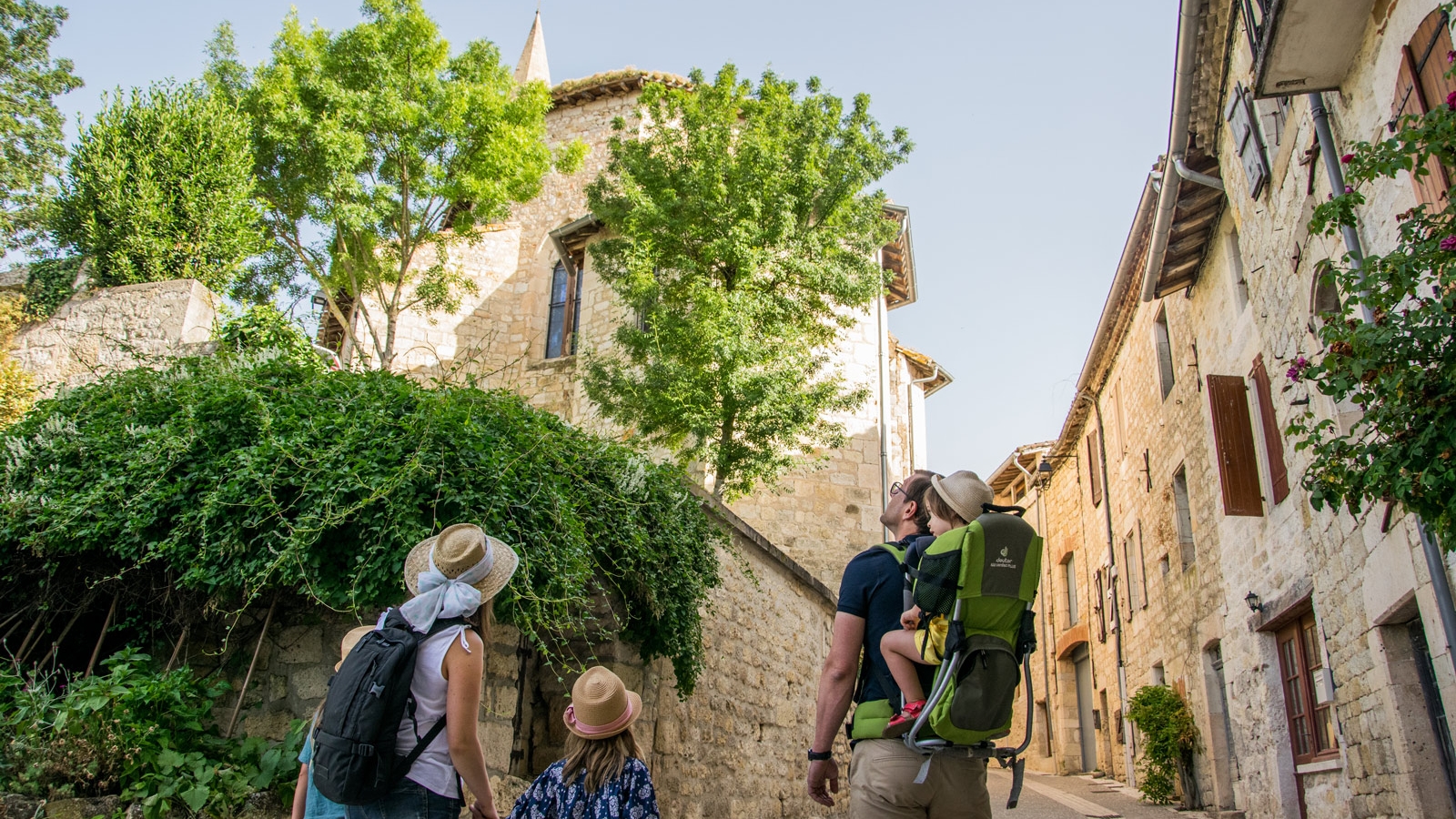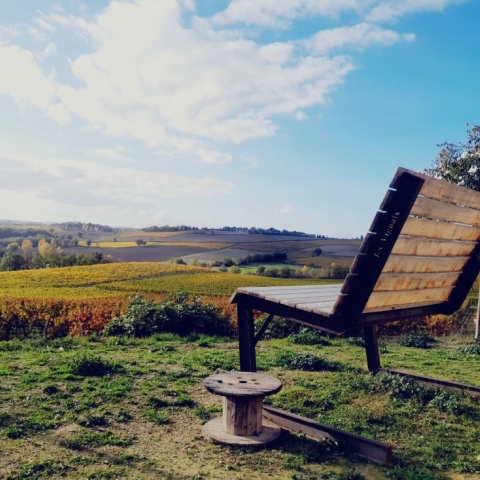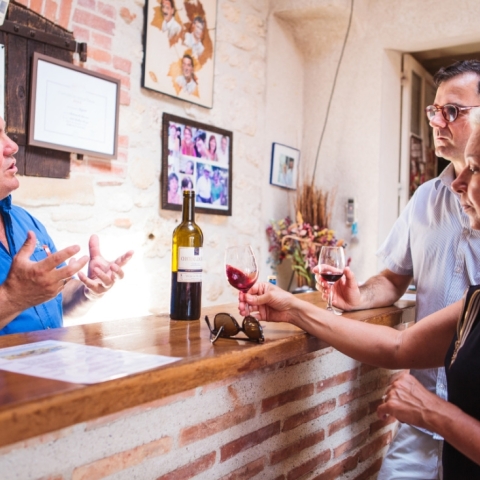
Cestayrols
The commune of Cestayrols is a white stone village that’s been completely restored, and is ideally situated in the ‘Golden Triangle’ of Albi, Gaillac and Cordes-sur-Ciel. It was founded during the French Revolution via the fusion of three parishes, Cestayrols, Lincarque and Roumanou.
Cestayrols, ‘The Snail Village’
The village of Cestayrols is a rarity in a country of bastide villages, because its lanes circle up like the shell of a snail all the way to the Saint-Michel du Bourg church in the centre.
Bastide villages are normally organised in grids, but Cestayrols doesn’t follow that format. Rather, it winds its way, snail-like, up to the church. So there’s no traditional central market square, but rather a number of magnificently restored alleyways allowing you to enjoy a spiralling walk!
And speaking of walks, Cestayrols is a well-known departure point for both strolls that are easy for amateurs to manage and hikes that are only for serious ramblers. But whichever one you choose, you’ll always be able to enjoy the countryside and spend some quality time close to nature.



The church of St Amans de Lincarque
Situated in the hamlet of Lincarque, the half-Gothic, half-Renaissance Saint-Amans church was built between the 15th and 16th centuries using the limestone rock of the region. Its nave is flanked by three chapels on each side. The vaulted arches with cross ribs fall back onto small columns decorated with chubby angels. The interior of the church is even more glorious thanks to its stained-glass windows and paintings, and is home to a 15th century Madonna with Child in gilded wood, as well as a painting representing Isidore celebrating mass.
The church of Notre Dame de Roumanou
Sited in Roumanou, just a stone’s throw from the village of Cestayrols, lies this Romanesque church, built around 1060 on a rocky outcrop hanging over the River Vère. It’s one of the last Romanesque churches in the Tarn region, was originally part of a priory that was founded in 1037, and is classified as a historical monument. Originally belonging to the priory at Ambialet and then to the Abbey of Saint Victor of Marseilles, the church was destroyed during the crusade against the people of Albi.









